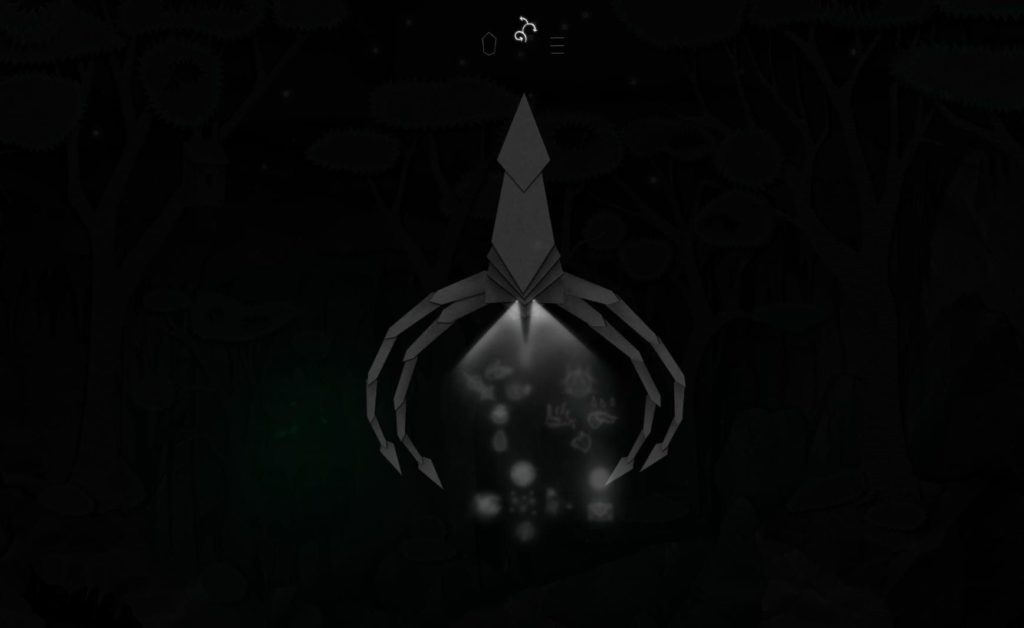
PC, Mac
Obviously Buried Treasure is primarily used to bring attention to unknown indie games that are worth your attention and money. There’s nothing to be gained from pointing people at something they’d never heard of before, only to say, “You don’t want this.” Today’s a bit of an exception, because this is a Patreon backer demand review (you can make me review anything if you sign up for £10/month or more!) Calliope Rannis asked me to review 2016’s Dark Train, and while it’s absolutely beautiful, I really don’t like it.
The game is set up to be the sort of low-key Amanita-like puzzle I’m prone to enjoy. In what looks like a world made of metal origami, you play a flying octopoidal creature who floats about with the movement of your mouse. With this creature, who is chained to the titular train, you interact with all manner of parts and machines and holes, disappearing into impossible locations to solve further puzzles. The issue is, it’s all absolutely arbitrary.
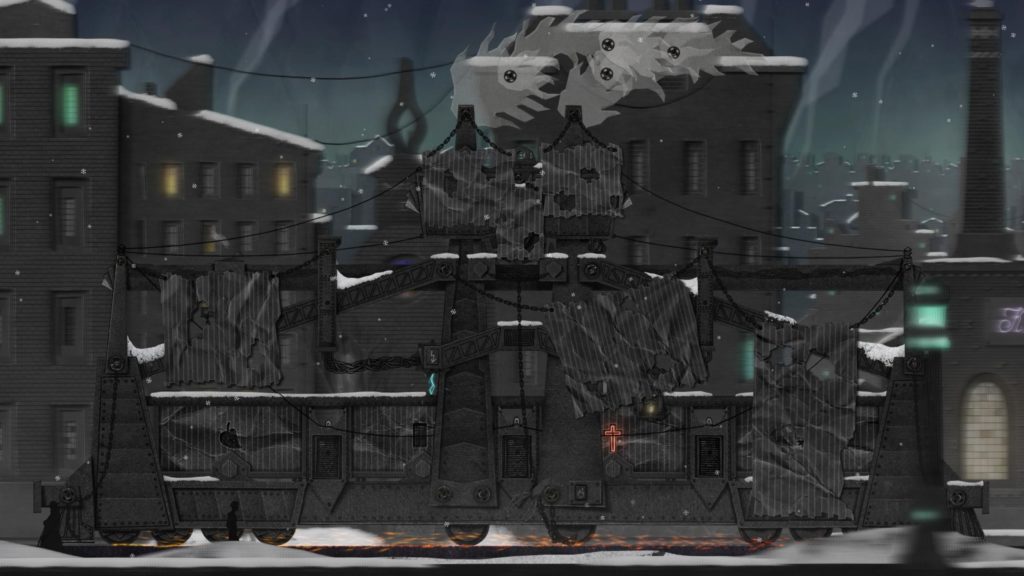
From the opening moments, the game offers you no hints about how it’s played, let alone what to do. And while that’s often key to a lot of games’ success, when everything else in the game is similarly inexplicable, it’s utterly frustrating. What you have to do, in any given scene, is fly your creature about over every pixel, sometimes needing to click on them, sometimes not. You then go to another scene where you do the same. However, in that second scene, if you’d previously not randomly clicked on another pixel in the previous location, you won’t be able to do anything at all. Of course, you won’t know you can’t do anything here: you’ll just click on every pixel until eventually you grow dismayed enough to check YouTube.
On YouTube, you will watch a person’s “walkthrough” in which they, too, struggle for a long time (even after editing down) to find out what on Earth they were supposed to be doing, and then thanks to their struggles, eventually stumble on the pixel in question, or the previous scene’s missed pixel, so you don’t have to.
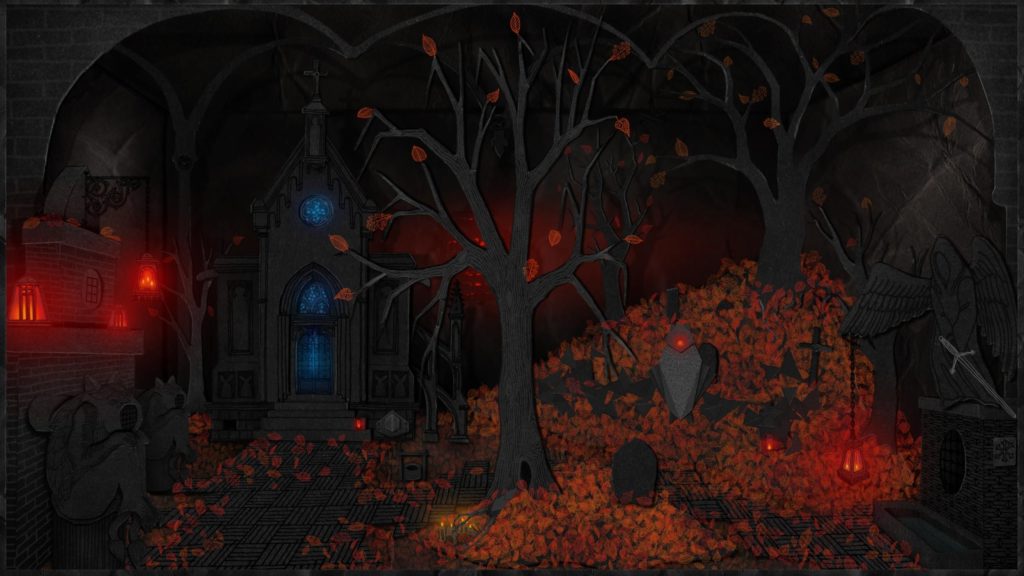
To give a solid example, there’s one setting that’s a gorgeous autumnal graveyard in front of a church. Orange leaves tumble from a large tree, which itself is home to a sleeping bat-like metalgami. There’s the church, but you can’t do anything with it, some unlit lanterns on chains which you can push around with the game’s clumsy physics (we’ll get to that), and after a lot of wasted time, it will turn out there was nothing to do.
Back at the main train, it turns out you were supposed to discern that a button that previously did nothing behind a hidden wall will now put on the train’s brakes. That pressed, a button that also didn’t do anything unless you’d pressed the first one will lower a spike, that will cause some sparks, that will make a crucifix symbol light up. Now, when you go through the hole below, the graveyard is darker, and you have to make it light by hovering over some candles (discovered by accident) and light six candles or lanterns (only four of which can be seen before you randomly fly over them), which awakens the bat. The bat now chases you around, trying to stop you from getting to the right side of the screen. You, for no reason at all, need to be on the right side of the screen. But now, with no visible change, you can click over the church door to enter.
Here, inside, are four statues with clocks showing different times. In the background are two handles on chains, the right one of which if pulled down will cause a hammer to strike a bell above. The other handle seemingly lacks a cog so can’t be successfully pulled, although it’s always unclear if that’s because it can’t, or because of the clumsy physics. There are also four pieces of a thick circle, one on each statue, which you can nudge around with your creature, but not very effectively because he randomly drops them.
Eventually, you can nudge these four pieces into a wreath-like ring, and it just floats there. If you move the creature to the left or right of the screen (almost always unintentionally) you will move to the background where you can pull those chain, and the wreath stops floating and falls to the ground. If you then try to move it around again, you’ll absolutely definitely brush near the bottom of the screen, which takes you back out of the church against your will, and when you go back in the sodding wreath is back in four pieces.
Of course what you need to do is be touching the wreath and then click the mouse, for no given reason, which naturally makes a giant golden claw appear at the top of the screen and pick it up. Then it’s in your tummy? I’ve honestly no idea. But you then leave the church to an unchanged graveyard, from which you must now know to leave and then start the whole process again with the next arbitrarily available hole or button on the train.
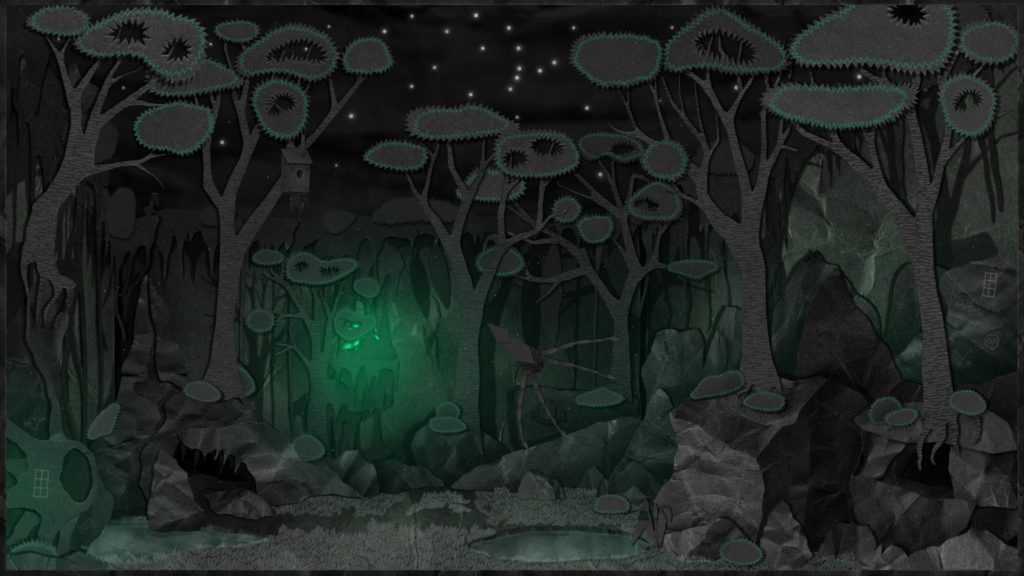
That’s one example there.
When it came out in 2016, it was pretty much ignored by the larger games press. But the specialist sites that took notice were pretty damned generous. Which alleviates my guilt here somewhat.
I tried really hard to like Dark Train. I tried really hard to get past its… idiosyncracies. But it’s fundamentally a badly made game, and as beautiful as it looks and sounds, abritrary guessing in a contradictory setting just isn’t any fun.
- Paper Ash Studio
- Steam
- £7/€10/$10
- Official Site
All Buried Treasure articles are funded by Patreon backers. If you want to see more reviews of great indie games, please consider backing this project.



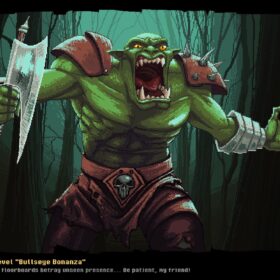

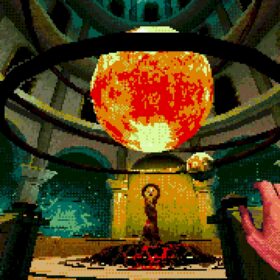


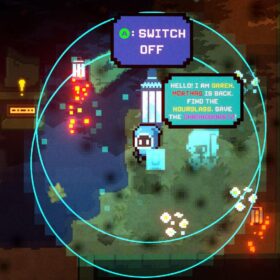


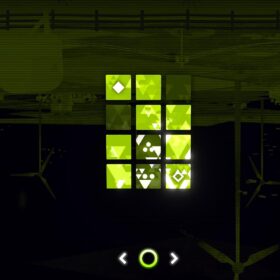

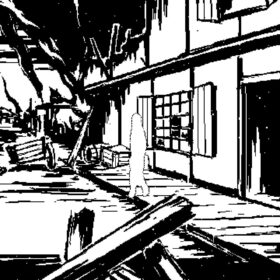




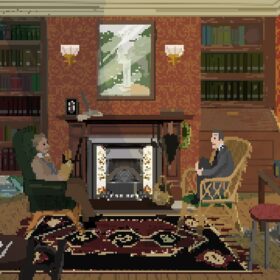
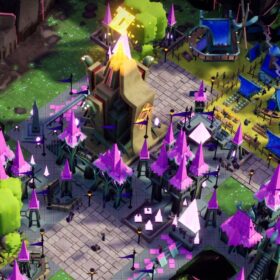



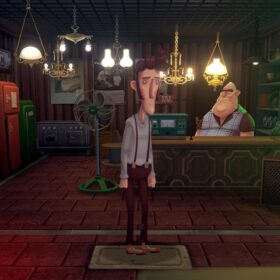
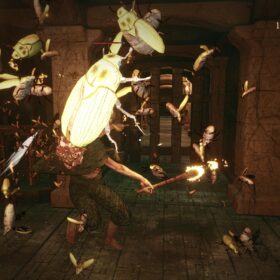

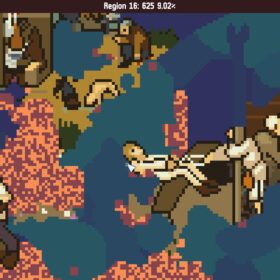



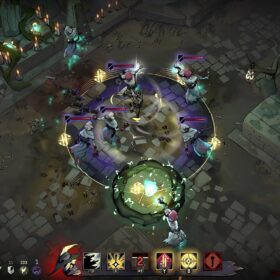
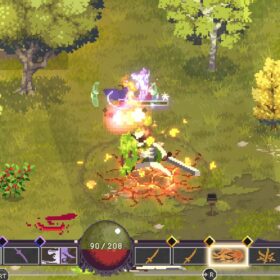
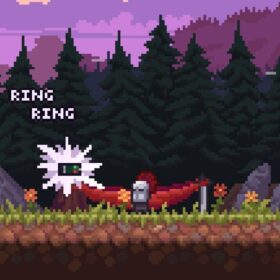
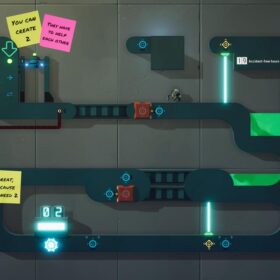
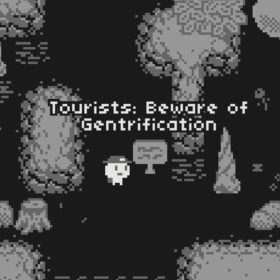

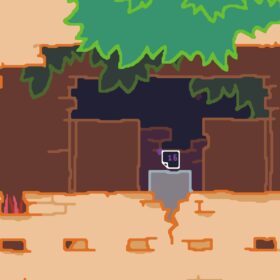


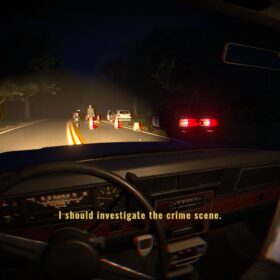


$10/month to torture you with games like this… I won’t lie, it’s tempting!
Thank you. I picked this up based on one of those generous reviews back when it was first released. When I tried it, I was just as dismayed as you seem to have been here. I eventually gave up once I got stuck and did the same YouTube walkthrough watching, only to realize that I still couldn’t successfully do what I was supposed to on that screen because the physics made it so finicky. It’s such a shame for something that seems to have had a lot of creativity put into the setting and concept.